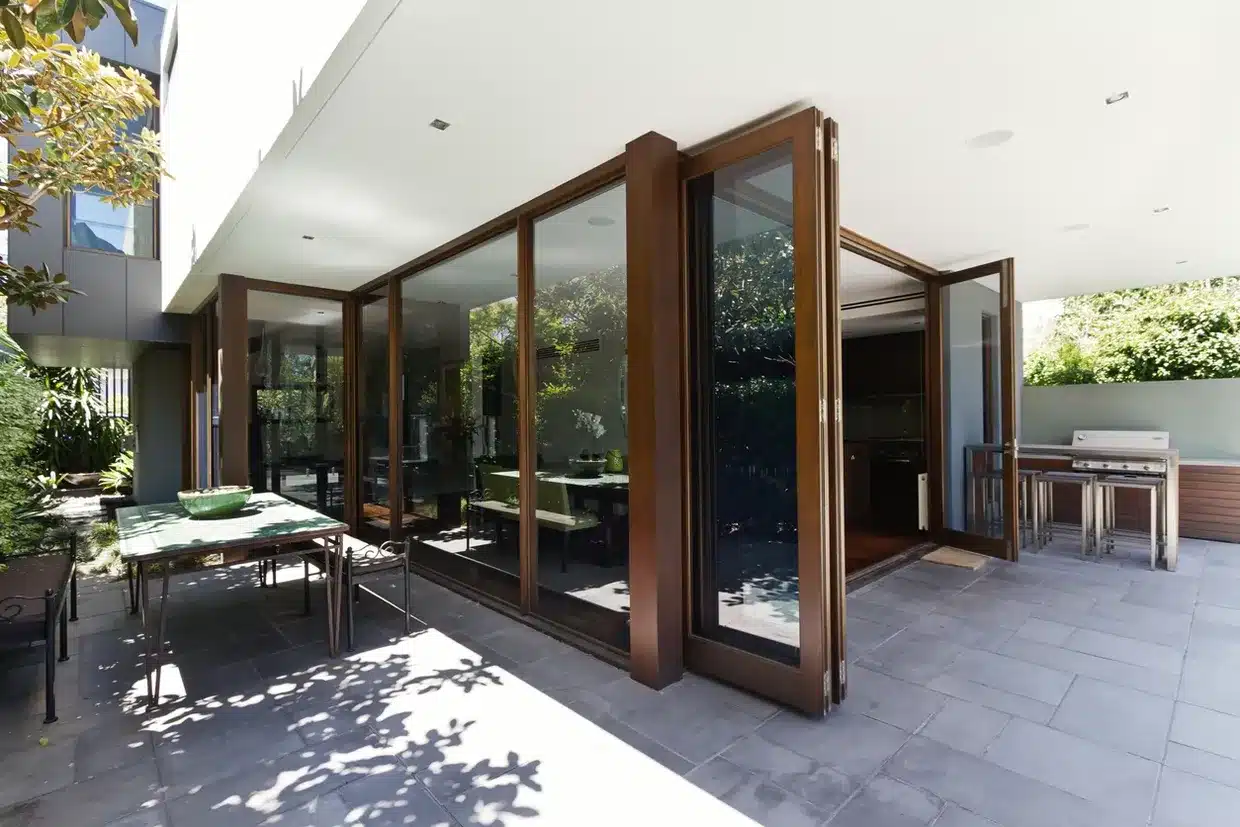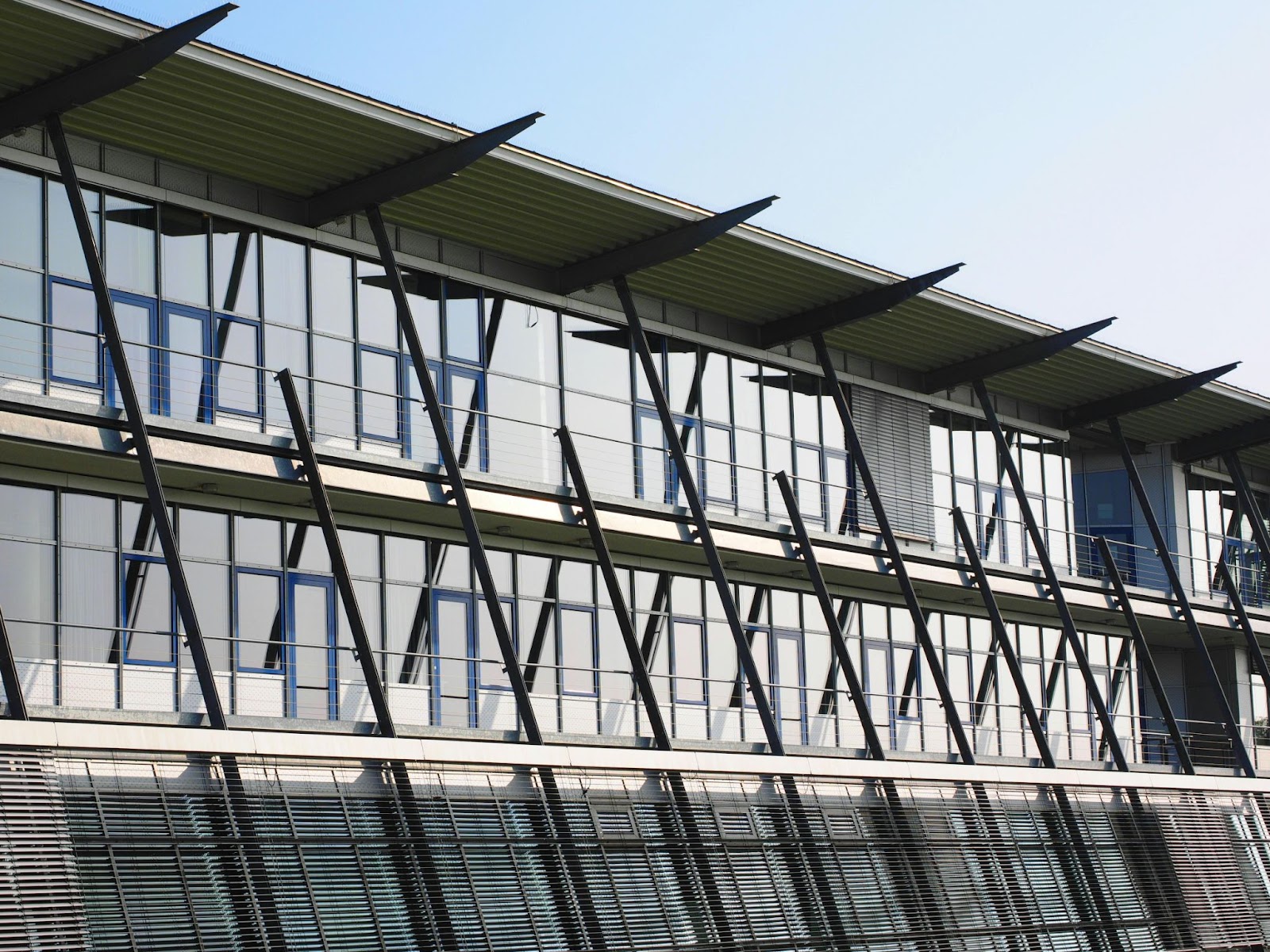Fire Rated Glass: Protecting Lives And Property

Fire safety is a crucial aspect of building design and construction. The use of fire-rated materials is essential in preventing the spread of fire, protecting lives, and minimizing property damage. Among these materials, fire rated glass plays a pivotal role by providing transparency, aesthetics, and most importantly, fire resistance. In this article, we will explore the significance of fire rated glass, its applications, benefits, and key considerations when incorporating it into building projects.
Table of Contents
Introduction: Understanding the Importance of Fire Rated Glass
The Composition and Manufacturing Process of Fire Rated Glass
Fire Rated Glass: A Versatile Solution for Building Safety
- 3.1 Fire Rated Glass in Commercial Buildings
- 3.2 Fire Rated Glass in Residential Buildings
How Fire Rated Glass Works: Fire Resistance and Integrity
- 4.1 Fire Resistance Ratings
- 4.2 Integrity and Insulation Ratings
Selecting the Right Fire Rated Glass: Factors to Consider
- 5.1 Building Code Requirements
- 5.2 Impact Safety and Security
- 5.3 Thermal Insulation
- 5.4 Acoustic Performance
- 5.5 Aesthetics and Design Considerations
Installation and Maintenance of Fire Rated Glass Systems
- 6.1 Proper Installation Techniques
- 6.2 Regular Inspection and Maintenance
Advancements in Fire Rated Glass Technology
- 7.1 Fire Rated Insulated Glass Units (IGUs)
- 7.2 Wireless Fire Rated Glass Systems
Fire Rated Glass in Emergency Egress Scenarios
- 8.1 Fire Rated Glass Doors and Exits
- 8.2 Panic Hardware and Access Control Systems
Fire Rated Glass: Beyond Fire Protection
- 9.1 Sound Control and Noise Reduction
- 9.2 Energy Efficiency
Case Studies: Real-World Applications of Fire Rated Glass
FAQs (Frequently Asked Questions)
- 12.1 What is the difference between fire resistant glass and fire rated glass?
- 12.2 Can fire rated glass be used in exterior applications?
- 12.3 Are there specific building code requirements for fire rated glass?
- 12.4 How long does fire rated glass maintain its fire resistance?
- 12.5 Is fire rated glass available in different designs and styles?
1. Introduction: Understanding the Importance of Fire Rated Glass
Fires can spread rapidly and cause devastating consequences. In buildings, the ability to contain fire within specific areas is critical for occupant safety and property protection. Fire rated glass acts as a barrier, preventing the passage of flames, smoke, and heat. It allows occupants to have visibility and escape routes during emergencies while ensuring fire compartments remain intact.
2. The Composition and Manufacturing Process of Fire Rated Glass
Fire rated glass is manufactured using a combination of specialized materials, including tempered or heat-strengthened glass, intumescent interlayers, and fire-resistant glazing seals. These components work together to provide fire resistance and maintain structural integrity during exposure to high temperatures.
3.1 Fire Rated Glass in Commercial Buildings
In commercial buildings such as offices, hotels, and retail spaces, fire rated glass finds extensive application. It is used in fire-rated doors, windows, partitions, and curtain walls, allowing natural light to penetrate while ensuring fire safety requirements are met.
3.2 Fire Rated Glass in Residential Buildings
Fire rated glass is manufactured using a combination of specialized materials, including tempered or heat-strengthened glass, intumescent interlayers, and fire-resistant glazing seals. These components work together to provide fire resistance and maintain structural integrity during exposure to high temperatures.
4.1 Fire Resistance Ratings
Fire resistance ratings determine the duration for which fire rated glass can withstand exposure to fire. These ratings are classified based on time, such as 20 minutes, 60 minutes, or 120 minutes, indicating the ability of the glass to maintain its integrity during a fire.
4.2 Integrity and Insulation Ratings
Apart from fire resistance, fire rated glass is also evaluated based on its integrity and insulation ratings. Integrity refers to the ability of the glass to remain intact and prevent the passage of flames and smoke. Insulation measures the glass’s ability to limit heat transfer from one side to the other, reducing the risk of heat-related damage.
5. Selecting the Right Fire Rated Glass: Factors to Consider
When selecting fire rated glass for a building project, several factors need to be considered to ensure compliance with building codes and optimal performance. Some key considerations include:
5.1 Building Code Requirements
Building codes provide guidelines on fire resistance requirements, the use of fire rated materials, and their placement within a building. Understanding these requirements is essential to select the appropriate fire rated glass for different areas and applications.
5.2 Impact Safety and Security
Fire rated glass can also offer impact safety and security benefits. By choosing glass that meets impact resistance standards, building occupants are protected from accidental impacts, break-ins, and severe weather events.
5.3 Thermal Insulation
Thermal insulation is a critical consideration for energy efficiency and occupant comfort. Fire rated glass with good thermal insulation properties can help maintain a comfortable indoor environment and reduce heating or cooling costs.
5.4 Acoustic Performance
In certain applications, such as conference rooms or healthcare facilities, sound control is crucial. Opting for fire rated glass with enhanced acoustic performance can help minimize noise transmission and create a more peaceful and productive environment.
5.5 Aesthetics and Design Considerations
Fire rated glass is available in various designs and styles to suit different architectural preferences. Balancing fire safety requirements with aesthetic considerations allows architects and designers to create visually appealing spaces while maintaining the necessary fire protection standards.
6. Installation and Maintenance of Fire Rated Glass Systems
Proper installation and regular maintenance are crucial for ensuring the effectiveness and longevity of fire rated glass systems. Adhering to manufacturer guidelines and engaging certified professionals for installation and routine inspections can help guarantee optimal performance.
7. Advancements in Fire Rated Glass Technology
Continual advancements in fire rated glass technology have resulted in innovative solutions that enhance fire safety while offering additional benefits. Two notable advancements include:
7.1 Fire Rated Insulated Glass Units (IGUs)
Fire rated insulated glass units combine the fire resistance of fire rated glass with the benefits of thermal insulation. These units provide superior energy efficiency, reduce condensation, and enhance occupant comfort while maintaining fire safety.
7.2 Wire-free Fire Rated Glass Systems
Wire-free fire rated glass systems use advanced technology to provide fire protection in doors, windows, and walls. These systems offer impact resistance without the risks of embedded wires that can cause injury when the glass is broken.
8. Fire Rated Glass in Emergency Egress Scenarios
During emergencies, quick and safe evacuation is paramount. Fire rated glass plays a crucial role in facilitating emergency egress in the following ways:
8.1 Fire Rated Glass Doors and Exits
Fire rated glass doors and exits provide a clear path for occupants to evacuate during a fire. These doors are designed to withstand high temperatures and maintain their integrity, allowing people to safely exit the building while still being able to see potential hazards or obstructions.
8.2 Panic Hardware and Access Control Systems
In emergency situations, panic hardware and access control systems integrated with fire rated glass doors ensure swift and efficient evacuation. Panic hardware allows doors to be easily opened from the inside without the need for keys or complex mechanisms, while access control systems provide authorized personnel with quick access to secure areas.
9. Fire Rated Glass: Beyond Fire Protection
Apart from fire protection, fire rated glass offers additional benefits that contribute to the overall functionality and efficiency of a building.
9.1 Sound Control and Noise Reduction
Fire rated glass with acoustic properties can effectively reduce noise transmission, creating a quieter and more peaceful environment. This is particularly beneficial in buildings located in busy urban areas or near sources of high noise levels.
9.2 Energy Efficiency
Energy efficiency is a growing concern in building design. Fire rated glass with excellent thermal insulation properties helps to minimize heat transfer, reducing the reliance on heating and cooling systems. This, in turn, lowers energy consumption and contributes to sustainable building practices.
10. Case Studies: Real-World Applications of Fire Rated Glass
To illustrate the practical applications and effectiveness of fire rated glass, let’s explore a few real-world case studies where its implementation has made a significant impact on fire safety and building design.
[Case Study 1: Fire Rated Glass in a High-Rise Office Building]
[Case Study 2: Fire Rated Glass in a Hotel Renovation Project]
[Case Study 3: Fire Rated Glass in a Healthcare Facility]
11. Conclusion
Fire rated glass is an indispensable element in modern building design and construction. Its ability to provide fire resistance, transparency, and aesthetics make it a preferred choice for architects, builders, and property owners. By incorporating fire rated glass systems strategically, we can enhance the safety of occupants and protect valuable assets from the devastating effects of fire.
FAQs (Frequently Asked Questions)
Fire resistant glass refers to glass that can withstand exposure to fire for a certain period without losing its integrity or letting flames and smoke pass through. Fire rated glass, on the other hand, has undergone specific testing and certification to meet established fire resistance ratings, ensuring its performance in real-world fire scenarios.
Yes, fire rated glass can be used in exterior applications. It is designed to withstand exposure to fire, high temperatures, and adverse weather conditions. However, specific fire rating requirements and building codes should be considered when using fire rated glass in exterior applications.
Yes, building codes outline specific requirements for the use of fire rated glass in different areas and applications. These codes vary by jurisdiction and should be consulted to ensure compliance with the appropriate standards and regulations.
The duration for which fire rated glass maintains its fire resistance depends on its fire rating. Fire rated glass is classified based on time, such as 20 minutes, 60 minutes, or 120 minutes. During this specified time, the glass maintains its integrity and prevents the passage of flames, smoke, and heat.
Yes, fire rated glass is available in various designs and styles to suit different architectural preferences and applications. From clear glass to tinted, patterned, or even switchable glass, there are options that allow for customization while ensuring fire safety requirements are met.
In conclusion, fire rated glass is a vital component of building safety, offering transparency, fire resistance, and aesthetic appeal. By considering the outlined factors and incorporating fire rated glass into building projects, we can protect lives, property, and create spaces that prioritize both functionality and safety.
Explore More News

Fire Rated Glass for Aircraft Interiors: Challenges and Solutions
Embark on a journey to elevate aviation safety to new heights with Liberty Shielding’s pioneering innovation – fire rated glass…

Fire Resistant Glass: Key Features and Applications in Manufacturing
Step into the realm where security harmonizes with innovation. Unveil the extraordinary attributes of our fire-resistant glass, meticulously crafted to…

Bullet-Proof Windows: Balancing Safety and Aesthetics
Step into the future of unparalleled security with Bullet-Proof Windows from Liberty Shielding. As the industry leader, we redefine safety…
